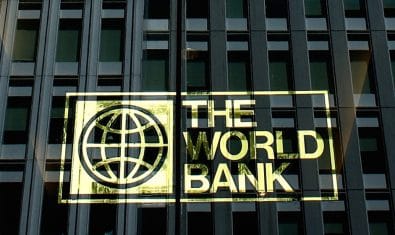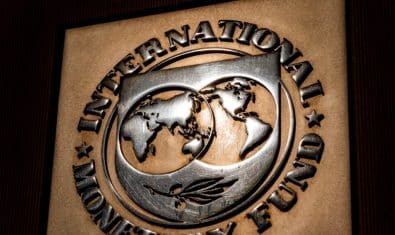Pakistani banks’ performance in other countries is witnessing a tough time as they are turning up huge losses, standing at Rs. 2.8 billion by end of the first half of 2018, due to a challenging global macro-financial condition.
According to the State Bank of Pakistan, local banks with overseas operations reported a profit of Rs. 4.8 billion in the corresponding period of 2017 and Rs. 5.9 billion by the end of 2017, however 2018 proved to be a nightmare for them with a substantial drop in profitability every month, leading to huge losses.
In Pakistan, 9 local banks have a foreign presence with 117 branches, 18 representative offices (ROs), and 8 subsidiaries as of June 30, 2018, which are operating in 37 jurisdictions including Export Processing Zones in Pakistan. The largest overseas branch network is present in Bangladesh and UAE (18 branches each) followed by Bahrain and Sri Lanka (13 branches each).
The banks have been exposed to overseas risks and rapid changes in global economic environment, which has forced them to scale down their overseas operations. In this backdrop, the asset base of the overseas operations has been decreasing since the first half of 2017.
It is pertinent to mention here that New York’s branch of Habib Bank Limited (HBL) has been shut down which used to contribute handsomely to overall profitability of the banking sector. Similarly, branches of United Bank Limited and National Bank of Pakistan were asked to streamline their operations.
Aside from decreasing profits, return on assets, the deposits base and overall operations were also seen declining over the period of one year.
Accordingly, all profitability indicators have dropped with return on asset (ROA) declining to negative 0.7 percent in H1CY18 from 1.1 percent in H1CY17. During H1CY18, total assets reduced by 4.8 percent compared to 1.4 percent increase in H1CY17.
The deposits base reduced to Rs. 556 billion by end of H1CY18 from Rs. 646 billion of H1CY17.
Despite registering a decrease, the contribution of overseas assets is still 4.1 percent of the overall banking assets as of June 30, 2018, coming down from 5.0 percent in June 30, 2017.
Factors Behind The Losses
In the wake of globalization, the banking sector occupies a critical position in the global economy. Foreign operations in any form including subsidiaries, branches, representative offices and/or collaborating with foreign banks enables local banks to access diversified capital markets, benefiting from enhanced technological capabilities and entrance in the international network, according to State Bank of Pakistan’s half year performance report on the banking sector.
International banking brings economic contact between the lenders and borrowers from different countries and facilitates global trade in an efficient way. However, there are also risks associated with international banking or venturing into the overseas markets.
For example, macro-financial conditions of a host country can have severe implications for domestic banks through its foreign operations (spill over risks). Therefore, it warrants special emphasis to have an adequate oversight and robust regulatory framework for the foreign operations at the regulator’s end.
Overall, the performance of overseas branches/ROs/subsidiaries has moderated during H1CY18 due to challenging global macro-financial conditions. SBP, in its regulatory capacity, has rolled out ‘Governance Framework for Banks’ Overseas Operations’ to further strengthen the governance, risk management & compliance practices for banks’ overseas operations.


























